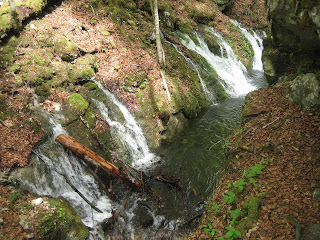The cable car lift in St. Gilgen started its operation in June 1957. It takes the passengers from the altitude of 568 m above the sea level to the Zwölferhorn (12erhorn) 1476 m above the sea level . On the top you can take various hiking routes. You can also hike up to the top and down to the valley. In winter you can ski on the 12erhorn. The slope is not prepared, at least it is prepared not every year. It is a special experience to ski with a view to the lake which otherwise you normally see in summer. St. Gilgen is a charming town with beautiful buildings. Mozart´s mother was born here and his sister Nannerl lived 17 years in the same house. There is a pilgrims' way from St. Gilgen to St. Wolfgang over the Falkenstein. You can reach St. Gilgen by bus from Strobl or Salzburg, it is also reachable by ship from other villages on Lake Wolfgang.
http://www.12erhorn.at/html/seilbahn.html
http://www.wolfgangseeschifffahrt.at/
http://salzkammergut.wolfgangsee.at








































